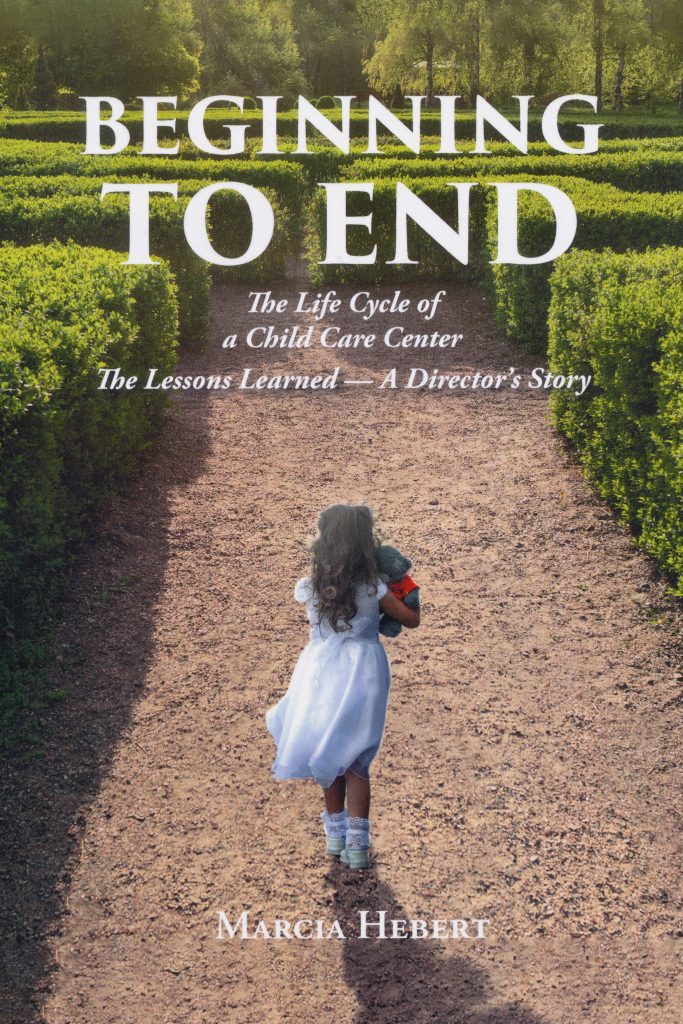
To continue the conversation from the previous post about giving feedback, I want to talk a bit about receiving feedback—from the parents in our programs.
Parent education and parent involvement are important components in our early childhood centers. But underlying the success of both is the crucial process of building trust.
One way to build this trust is for parents to receive the information they need to be involved partners, that is, information about your school’s philosophy, your policies, and what to do if and when; the routines, schedules, and limits in the classroom; newsletters from the classroom, communications from the director—all of this in print. During parent meetings and parent-teacher conferences, the give-and-take of conversation about the children begins and continues to build the home-school relationship.
And then, at the end of each school year, we ask our parents to complete a parent evaluation based on their family’s experience at our childcare center. These evaluations are anonymous—we only know whether the child is in our infant, toddler, or preschool/kindergarten wing.
In our evaluation, we write statements about the Early Childhood Program for the Children, The Overall Atmosphere of the Organization, Communication, Policies and Services, and the Children’s Environments. Parents can check Agree, Disagree, or Do Not Know. Here’s an example from Communication:
- The communication systems keep me well informed each day.
- I know who to go to with my concerns.
- I feel confident that my concerns will be addressed respectfully and promptly.
- Daily conversations and parent/teacher exchanges sufficiently inform me of my child’s progress.
- I read the messages, articles, and information sent home and posted for parents.
- Parent meetings, brown bag lunches, and emails keep me informed and help me feel more comfortable in the program.
- I am comfortable recommending the center to co-workers.
And then, we add a few open-ended questions:
- The program could better meet my needs if …
- A recent incident that made me feel good about the program was …
- A recent incident that made me unhappy about the program was …
- I wish (the director, assistant director, nurse, teachers) would …
- Suggestions I have to improve the center or its services …
- Please write other comments, concerns, questions here …
And did we receive feedback!! Both good and bad. Thankfully, the positive tipped the scales and far outweighed the negative feedback. But still, it was sometimes difficult to read about the center through another’s perception and experience. I read every comment and took every comment to heart. The second read-through was always easier because now I was reading to understand (the initial gut-reaction had passed). I shared all positive comments with my staff. And where it made sense, though negative and difficult to hear, I passed on those comments that were made by several parents. Upon reflection, I agreed with the parents. And these real concerns became goals that we would set, work on, and accomplish. We communicated that to our parents.
Parents added an important voice to our children’s center. I found the annual parent evaluation of our program to be the feedback we needed to hear. And it was important to not only hear from parents, but to act and respond to the concerns unearthed. We made changes and improvements where we could. But we also shared with parents some of our constraints (as in regulations and health policy) when we could not act upon their requests. Knowing what they were thinking was valuable, and including them in our total feedback cycle was a plus for our program.
I’m happy to share more information about our parent evaluations. Just email me if you have other questions.
In my new book, Beginning to End: The Life Cycle of a Child Care Center, Chapter 5, Adding the Parents is filled with strategies, information, and real-life examples to help us work effectively with parents. I have included a lot of detail, so you can use these strategies “tomorrow.”
It’s so important to keep our three-legged stool on an even keel. Working with teachers, children, and their parents is a juggling act at times, but when people can react to what they are experiencing, and it is heard, positive things can result because of receiving the feedback—and, it is a win-win for everyone in the organization. The end result—trust.
One of the successes of our program was how well we delivered on our promises to the parents.
Check out, Beginning to End: The Life Cycle of a Child Care Center—A Director’s Story, at Amazon.com.These are my real-life examples, time-tested tips and techniques, and all of them worked successfully in my four child care centers. I am pleased to share what I have learned! Take what resonates with you and then, one day, pass on what you learn to the next generation of early childhood colleagues. My best to you!
